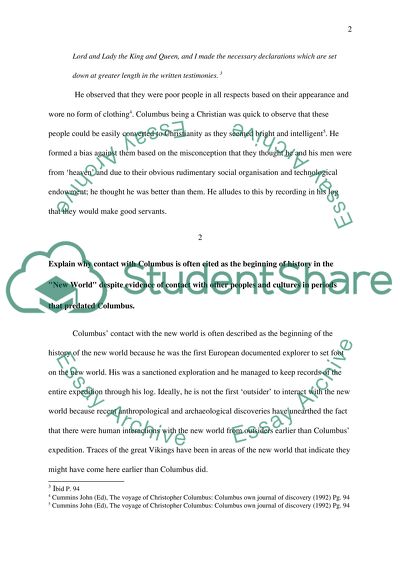Cite this document
(“Columbus in History Research Paper Example | Topics and Well Written Essays - 4250 words”, n.d.)
Retrieved from https://studentshare.org/other/1394216-see-order-instructions
Retrieved from https://studentshare.org/other/1394216-see-order-instructions
(Columbus in History Research Paper Example | Topics and Well Written Essays - 4250 Words)
https://studentshare.org/other/1394216-see-order-instructions.
https://studentshare.org/other/1394216-see-order-instructions.
“Columbus in History Research Paper Example | Topics and Well Written Essays - 4250 Words”, n.d. https://studentshare.org/other/1394216-see-order-instructions.


